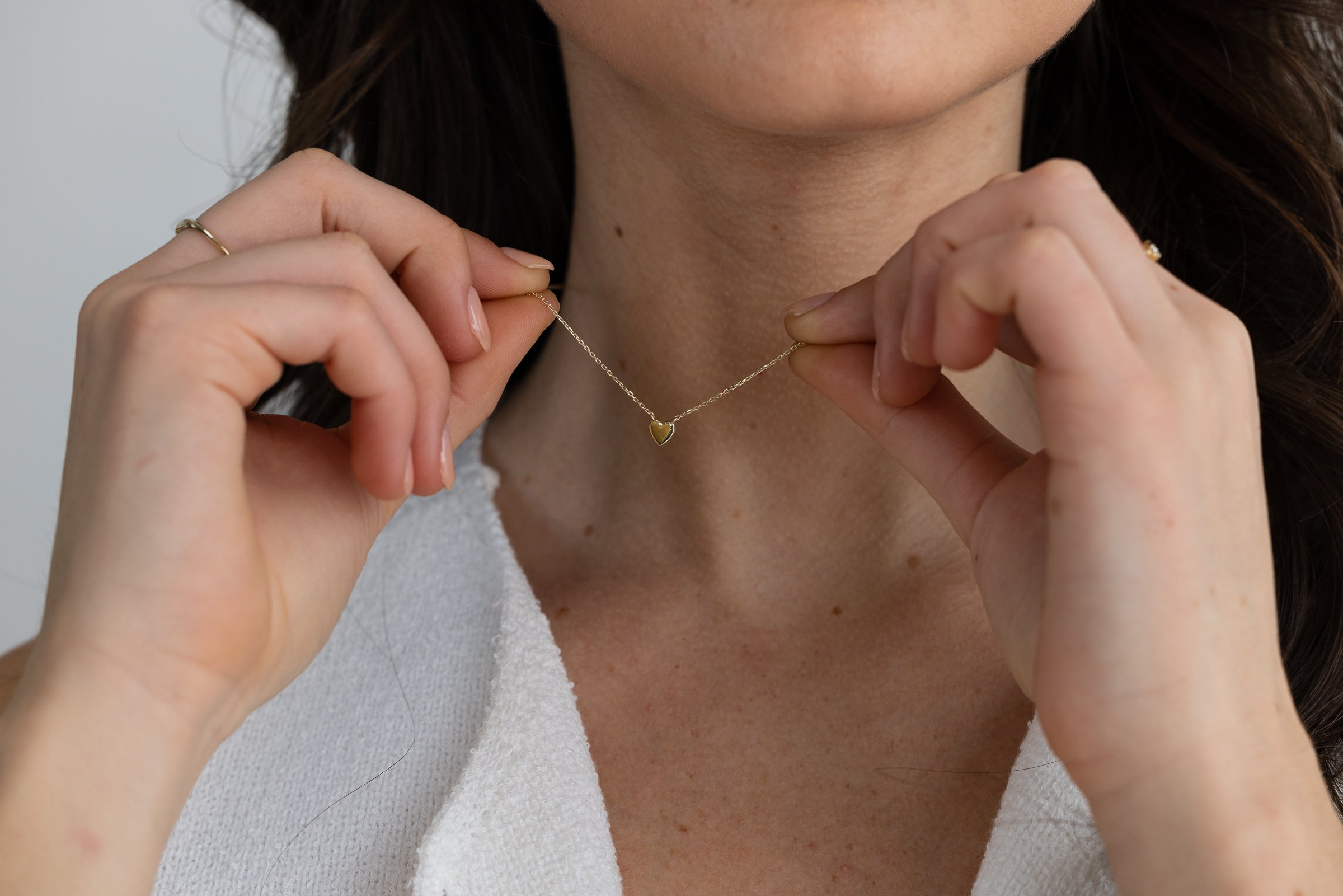Gold has been treasured for its beauty, rarity, and durability for thousands of years. When buying gold jewellery, understanding its purity and composition is essential to making an informed decision. Terms like 'carat,' 'fineness,' and 'alloy' are commonly used to describe gold, but what do they mean? In this post, we’ll break down these concepts and explain how they relate to the gold you wear.
What Is Pure Gold?
Pure gold, often referred to as 24-carat gold, is soft and highly malleable. While this makes it easy to work with, it’s not ideal for items that will face daily wear and tear. To increase its strength and durability, pure gold is typically alloyed with other metals, such as copper, silver, or zinc. This results in a gold alloy that retains the elegance of gold while offering greater practicality for everyday use.
Carat: Measuring Gold Purity
Carat (kt) is a traditional system that measures the purity of gold by dividing it into 24 parts. Each part represents a fraction of pure gold. The higher the carat number, the higher the proportion of gold in the alloy.
- 24-carat (24kt): Pure gold, with 24 parts gold out of 24.
- 14-carat (14kt): Contains 14 parts gold and 10 parts other metals, making it 58.5% pure gold.
- 10-carat (10kt): Contains 10 parts gold and 14 parts other metals, making it 41.7% pure gold.
- 9-carat (9kt): Contains 9 parts gold and 15 parts other metals, equating to 37.5% pure gold.
Fineness: The Modern Standard
Fineness is another method of measuring gold purity, more commonly used in Europe. Instead of dividing gold into 24 parts, fineness measures purity in parts per thousand. This provides a more precise indication of how much pure gold is present.
- 999 fineness: Equivalent to 24kt gold, with 999 parts pure gold per 1,000.
- 585 fineness: Equivalent to 14kt gold, containing 585 parts gold and 415 parts other metals.
- 417 fineness: Equivalent to 10kt gold, with 417 parts gold and 583 parts other metals.
- 375 fineness: Equivalent to 9kt gold, with 375 parts pure gold and 625 parts other metals.
Gold Alloy Composition: Gold, Copper, Silver, and Zinc
The specific alloy composition in gold jewellery determines its durability, colour, and hypoallergenic properties. Below is an example of typical percentages of gold, copper, silver, and zinc in 9kt, 10kt, and 14kt gold. Please note that these ratios may vary depending on the specific alloy used by different manufacturers. Importantly, all our alloys are nickel-free, making them suitable for sensitive skin.
| Carat | Gold (%) | Copper (%) | Silver (%) | Zinc (%) |
|---|---|---|---|---|
| 9kt | 37.5% | 42.5% | 10.0% | 10.0% |
| 10kt | 41.7% | 37.5% | 10.4% | 10.4% |
| 14kt | 58.5% | 27.5% | 7.0% | 7.0% |
Why Gold Purity and Alloy Matter
When purchasing gold jewellery, it’s important to consider both the purity and the alloy composition:
- Durability: Gold that is alloyed with other metals, such as 9kt or 10kt, is stronger and more resistant to scratches and bending. This makes it ideal for jewellery that will be worn regularly as well as fine jewellery.
- Value: Higher carat or fineness gold contains more pure gold, increasing its value. However, lower carat gold can offer a practical solution for everyday wear without sacrificing beauty.
- Colour: The metals mixed with gold can influence its colour. For example, copper gives gold a warm, reddish tone (rose gold), while silver and zinc create the classic yellow hue of traditional gold.
Choosing the Right Purity for Your Jewellery
The right gold purity depends on how you plan to use the jewellery. For everyday wear, 9kt gold is a perfect choice, offering both strength and elegance. If you’re looking for a special occasion piece or prefer a higher gold content, 14kt or 24kt gold may suit your needs.
Regardless of the carat or fineness, choosing gold jewellery with a nickel-free alloy ensures comfort, especially for those with sensitive skin. Our 9kt gold pieces strike the perfect balance between beauty, durability, and practicality.
Conclusion
Understanding the concepts of carat, fineness, and alloy composition is key to making an informed decision when purchasing gold jewellery. Whether you’re selecting 9kt gold for its durability and hypoallergenic properties or opting for higher purity gold, each choice offers its own unique benefits. With the right balance of purity and alloy, your gold jewellery can be both beautiful and long-lasting.










Leave a comment